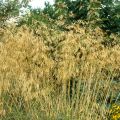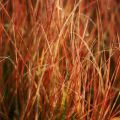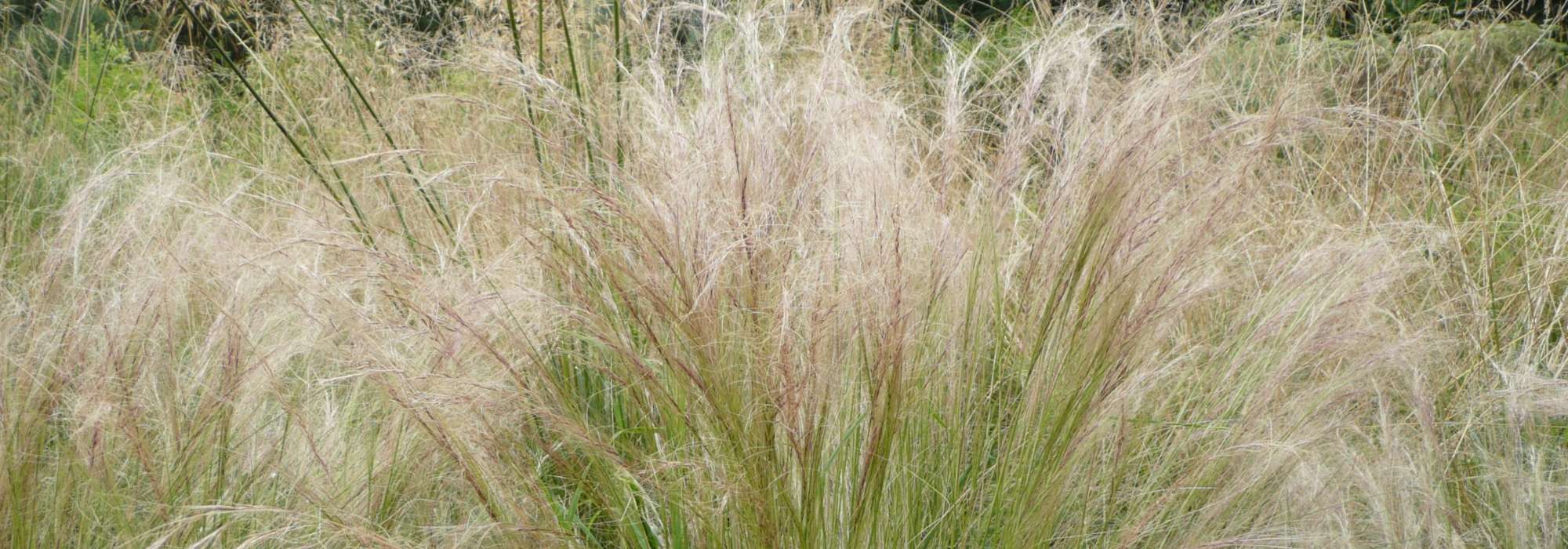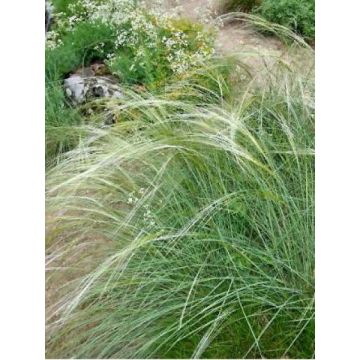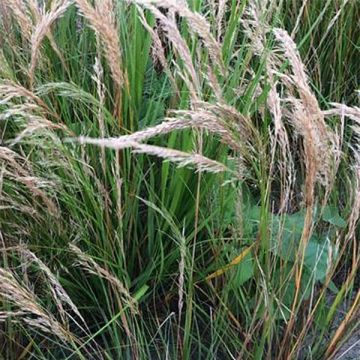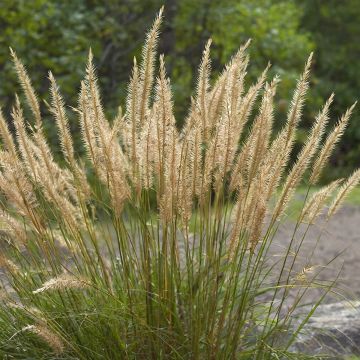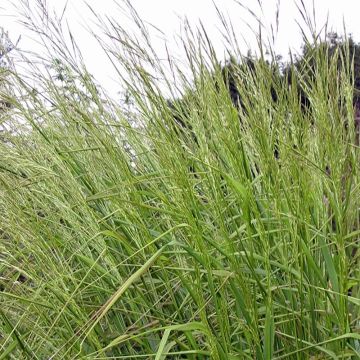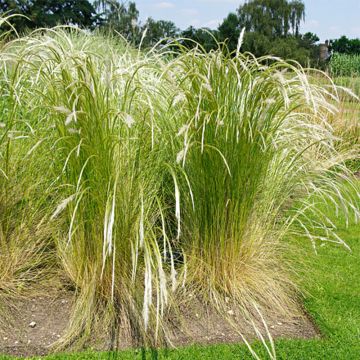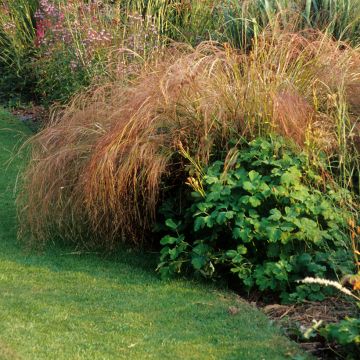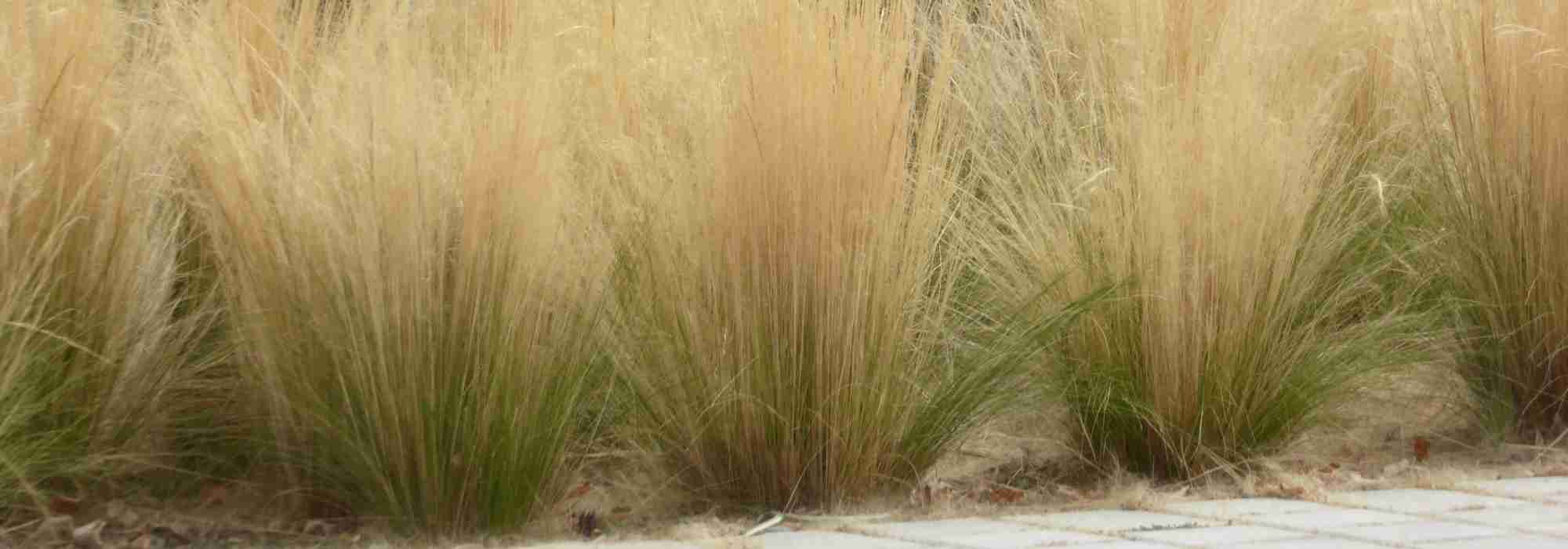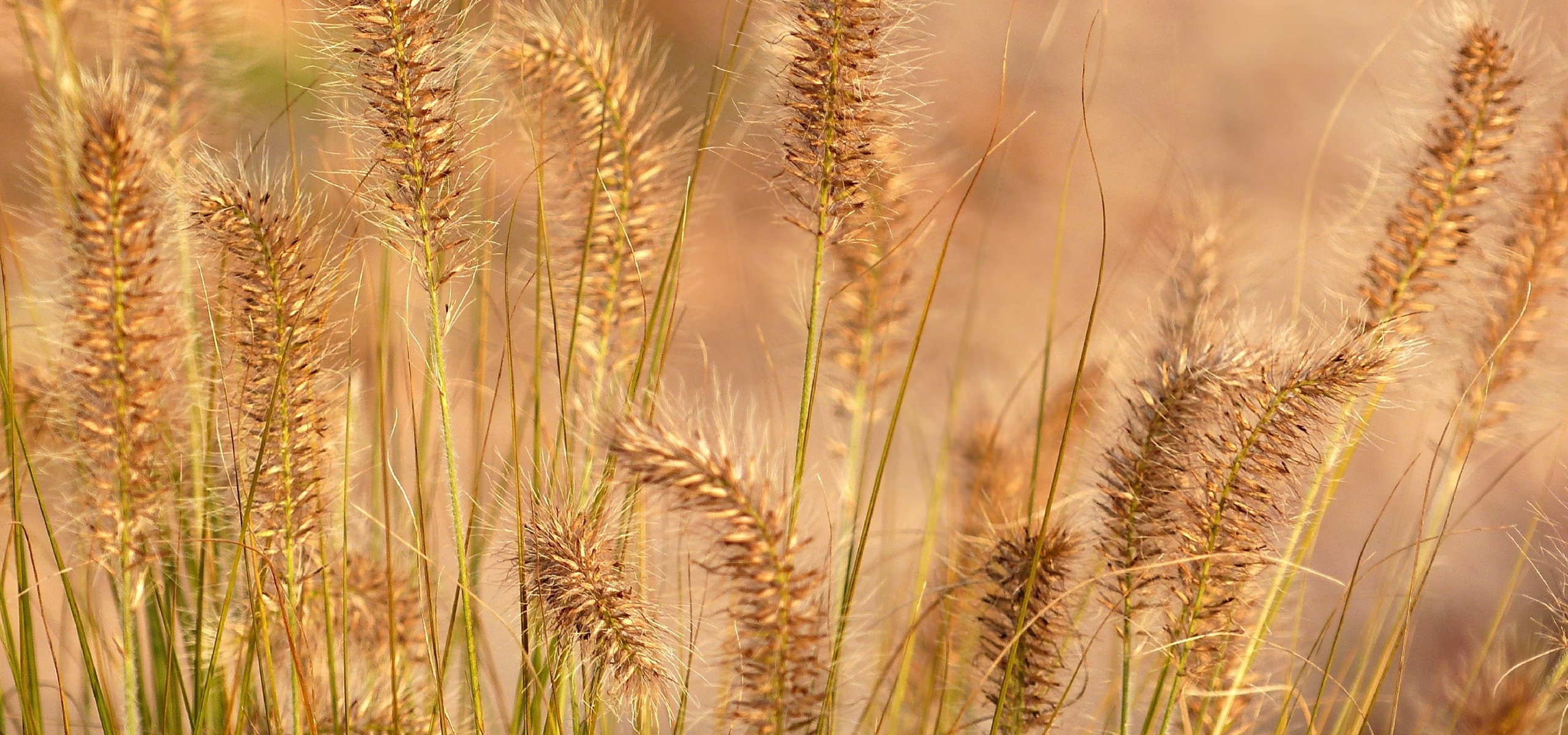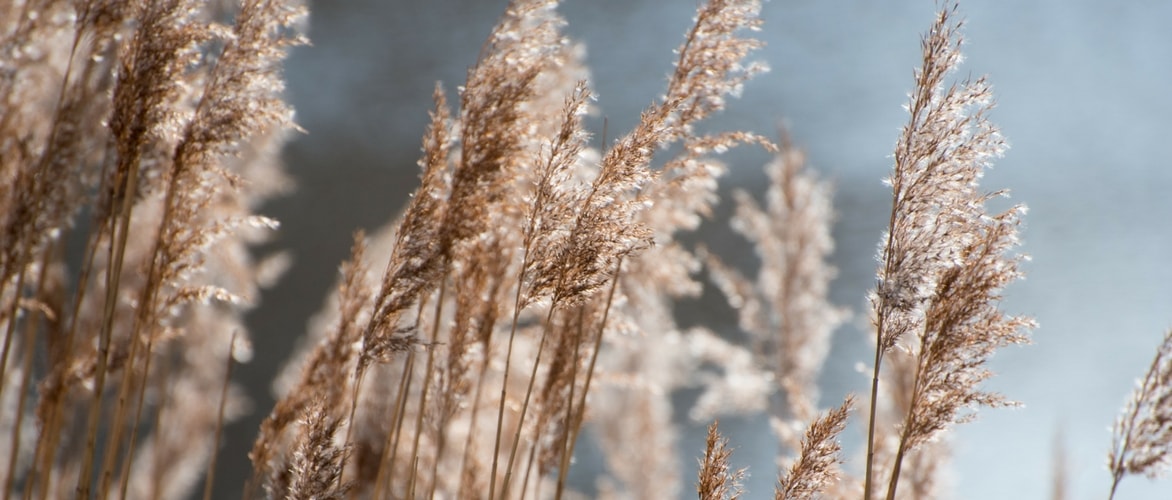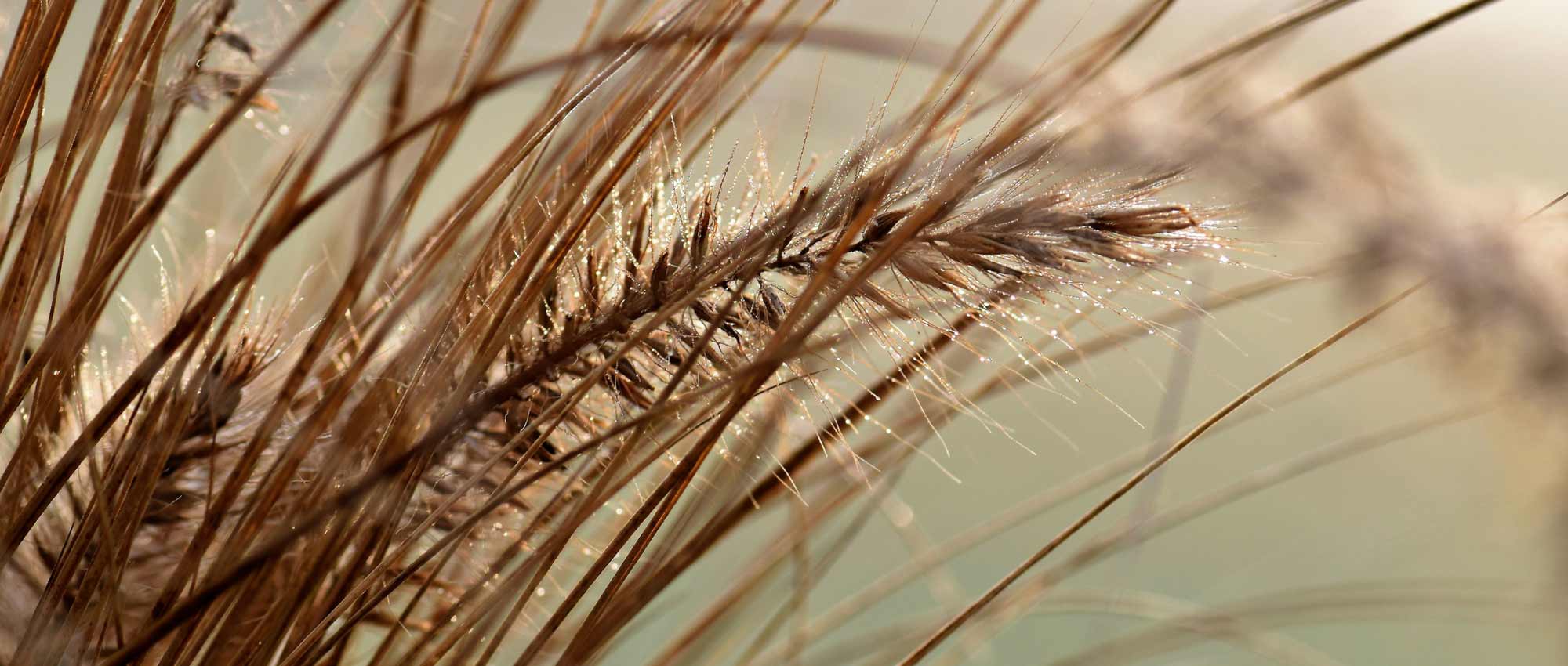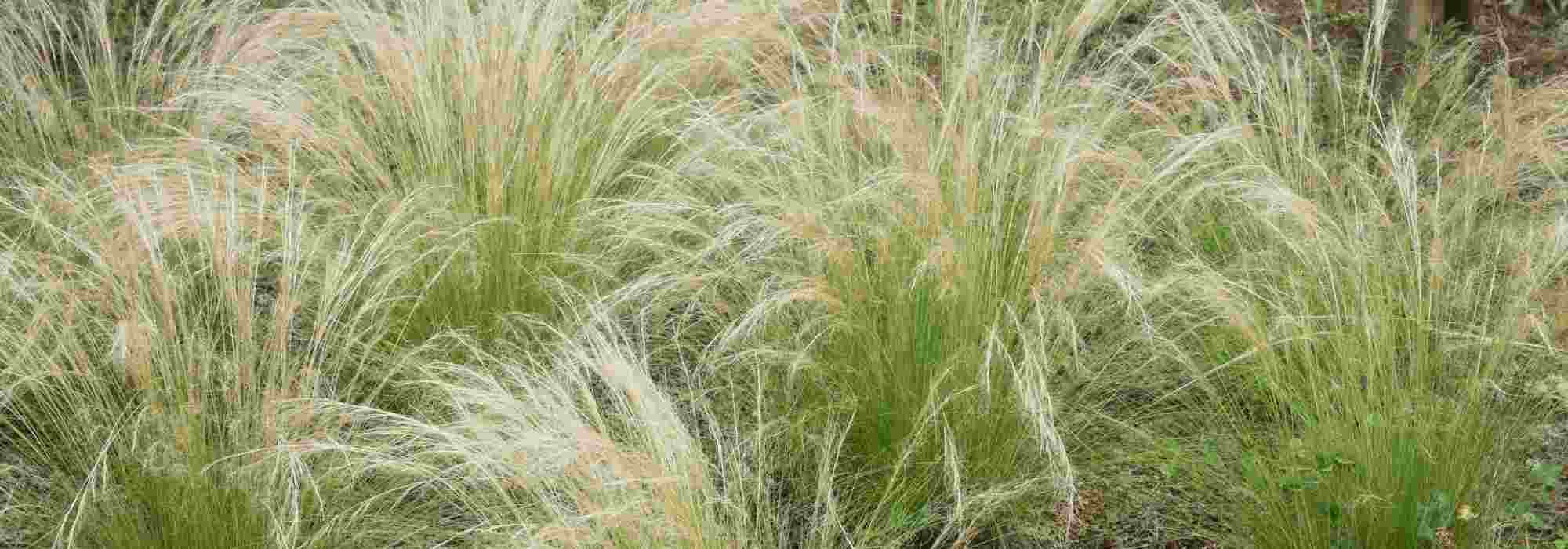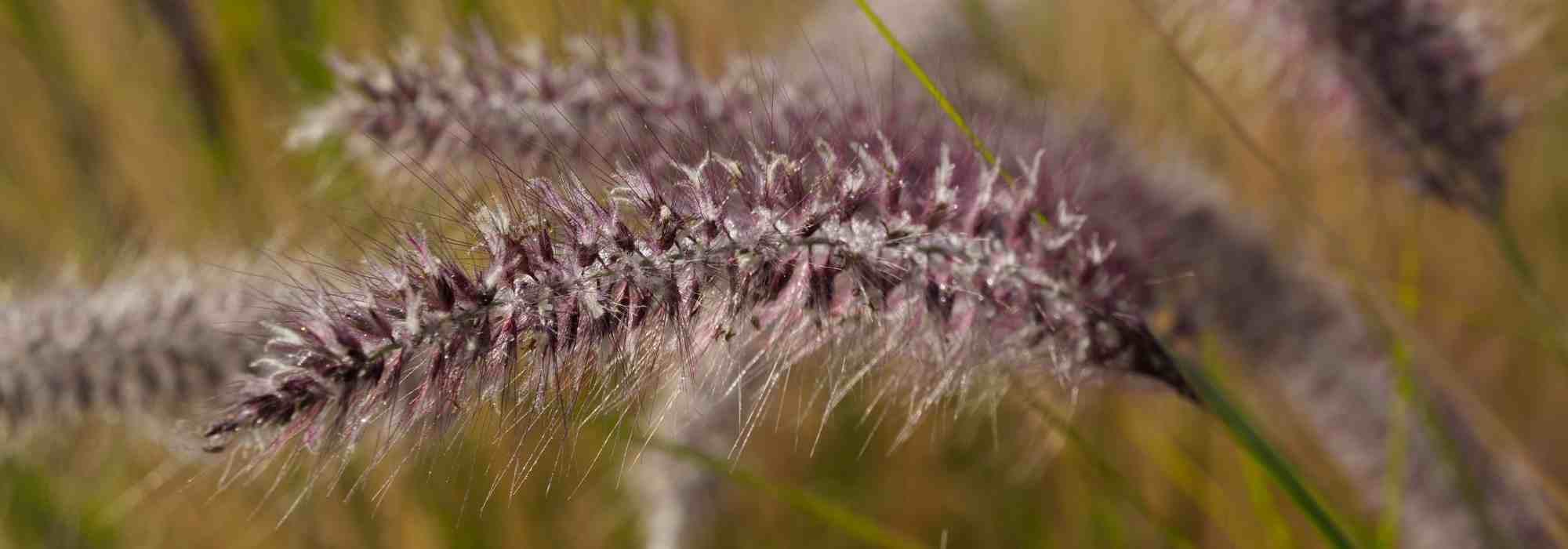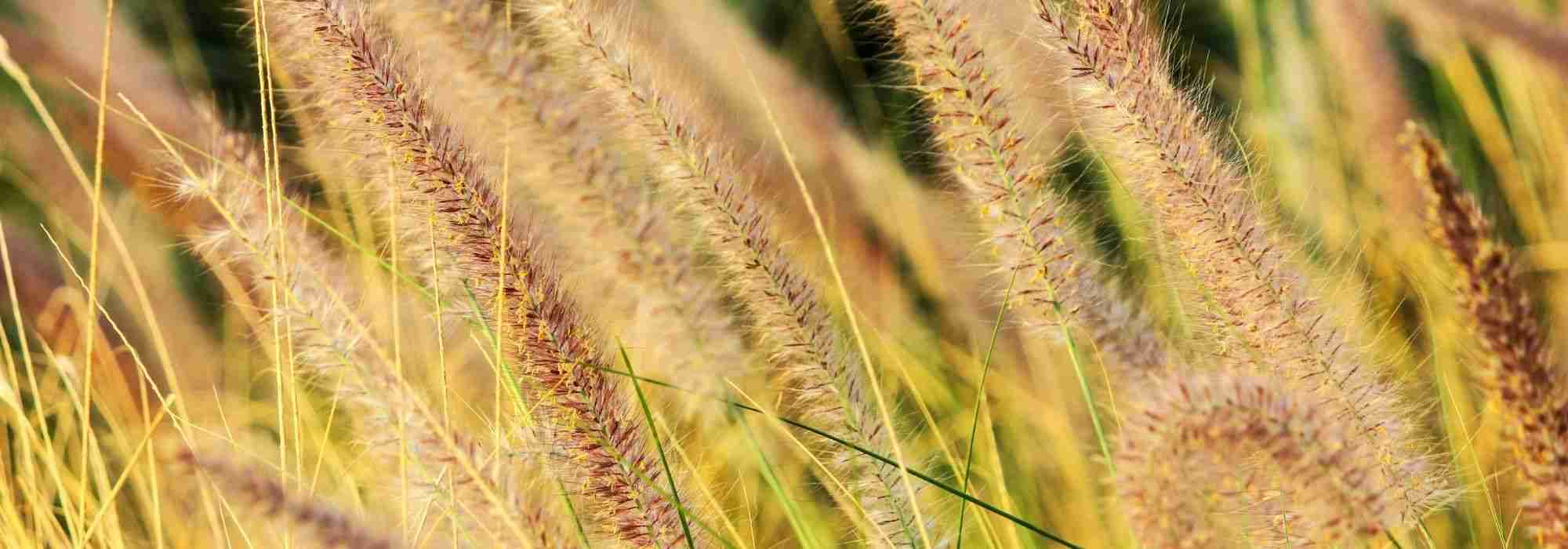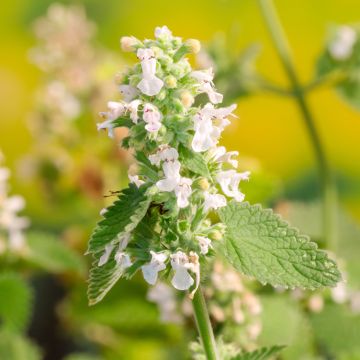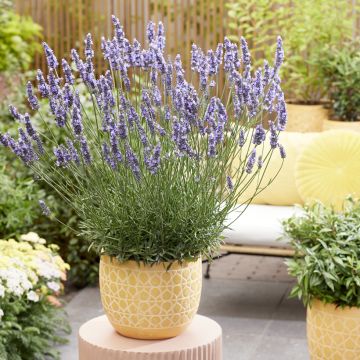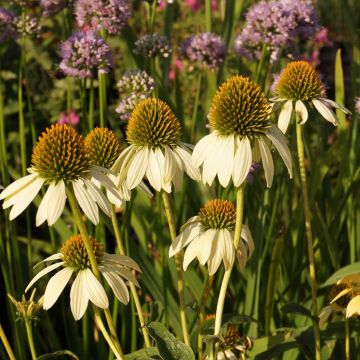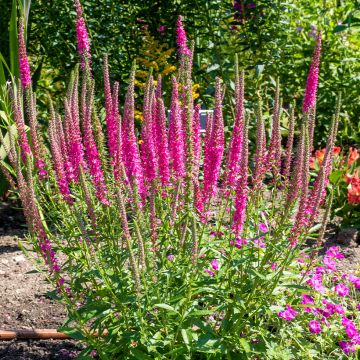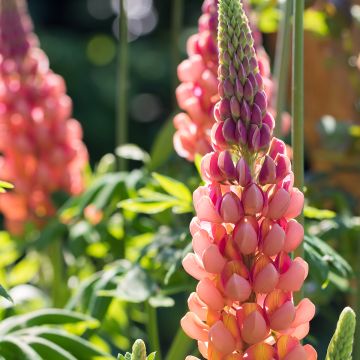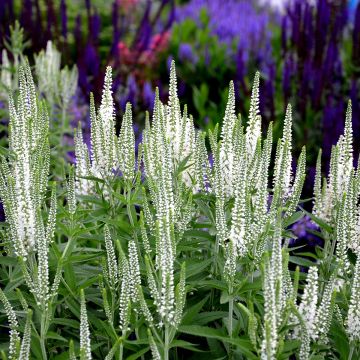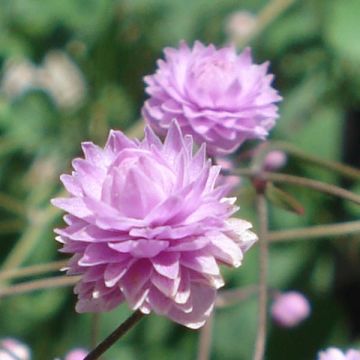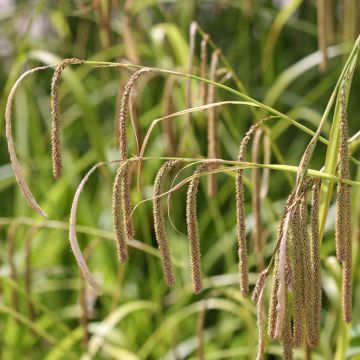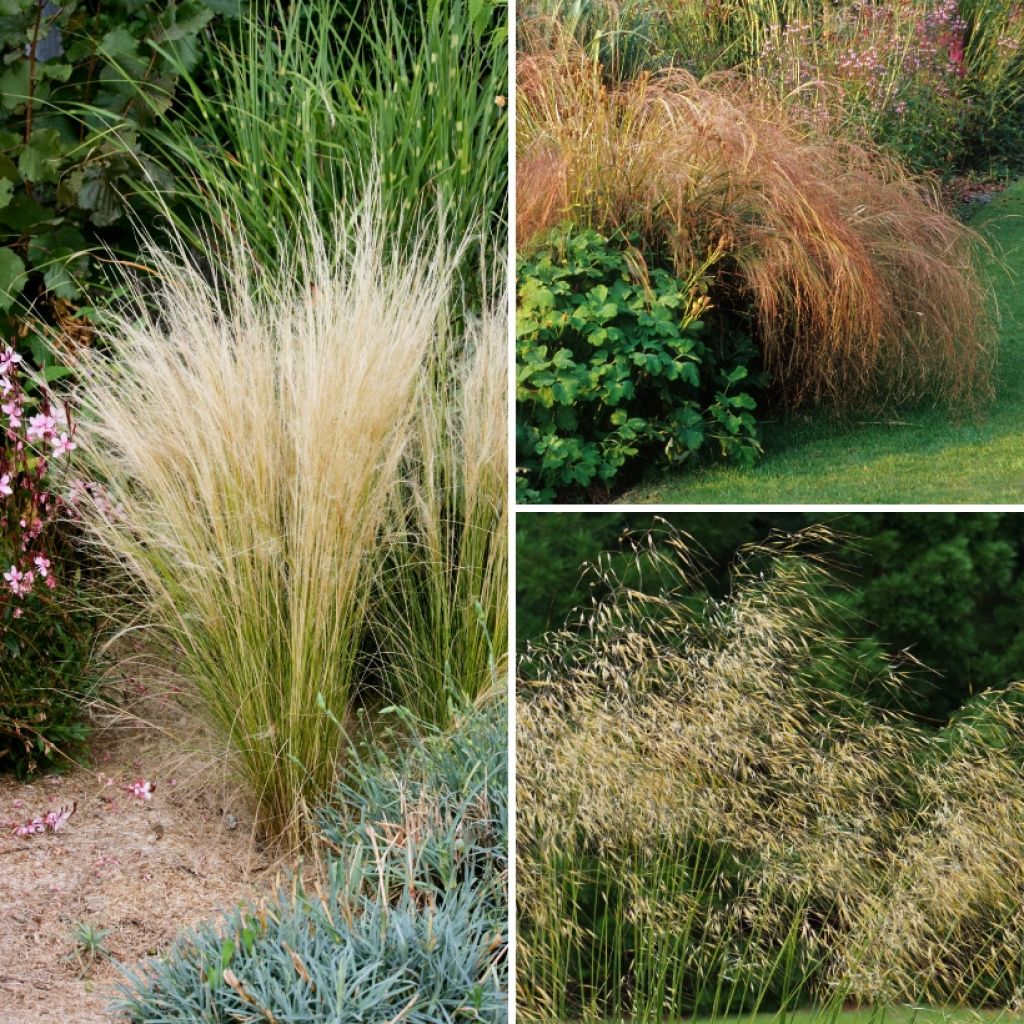

Stipa Collection
Stipa Collection
Stipa
Stipa
Special offer!
Receive a €20 voucher for any order over €90 (excluding delivery costs, credit notes, and plastic-free options)!
1- Add your favorite plants to your cart.
2- Once you have reached €90, confirm your order (you can even choose the delivery date!).
3- As soon as your order is shipped, you will receive an email containing your voucher code, valid for 3 months (90 days).
Your voucher is unique and can only be used once, for any order with a minimum value of €20, excluding delivery costs.
Can be combined with other current offers, non-divisible and non-refundable.
Home or relay delivery (depending on size and destination)
Schedule delivery date,
and select date in basket
This plant carries a 12 months recovery warranty
More information
We guarantee the quality of our plants for a full growing cycle, and will replace at our expense any plant that fails to recover under normal climatic and planting conditions.
Would this plant suit my garden?
Set up your Plantfit profile →
Collection items (3 plants)
Description
The Stipa collection helps you rediscover the simple and natural beauty of perennial grasses. It includes three different species of Stipa, each bringing a unique texture to the garden. These grasses are characterised by their fine and supple leaves, which dance with the slightest breeze, and their light and airy inflorescences, which are very bright from May to August. Highly drought-resistant, perfectly suited for dry gardens or coastal areas, they add movement and a refined charm to any decor.
The collection consists of:
1 x Stipa tenuifolia (Angel hair): this low grass reaches about 40 cm in height. Its fine, pale green foliage turns golden in autumn. Its silky blonde flower spikes appear as early as the beginning of summer.
1 x Stipa gigantea (Giant feather grass): the largest in the collection, it reaches a height of 2 m. Its tall, golden flower stems are spectacular and tower over clumps of olive green foliage. It flowers from June to July.
1 x Stipa arundinacea (Anemanthele lessoniana): a medium-sized grass reaching 1 m in height. Its green-bronze foliage takes on beautiful coppery hues in autumn. Its light inflorescences bloom from July to September-October. This variety is sensitive to temperatures below -9 °C.
These grasses are ideally planted in spring (in a humid and damp climate) or in autumn (in a dry and warm climate), in very well-drained soil and full sun. Position the Stipa gigantea in the background due to its tall stature, the Stipa arundinacea to the side, and the Stipa tenuifolia in the foreground or at the edge of the border. In regions with cold and wet winters, it is advisable to grow Stipa arundinacea in pots that can be protected or moved. Maintain a distance of 50 cm between each young plant and plan for 4 to 5 plants per square metre for optimal coverage and a beautiful mass effect. In pots, mix compost with sand to ensure perfect drainage.
To complete this Stipa grass collection, choose perennial plants that thrive in well-drained, even dry soil. Achillea millefolium 'Terracotta', with its orange flowers and fine fern-like foliage, will contrast beautifully with the simplicity of the grasses. Salvia microphylla 'Blue Note', a shrub sage with deep blue flowers, will add height and a soothing blue hue to balance the warm and golden tones of the other plants. Complete the arrangement with Eryngium planum 'Blue Hobbit' (Blue sea holly) with its metallic blue inflorescences. Plant 3 Achillea plants in front of the grasses, 2 or 3 salvias mixed in with them, and place 2 Eryngiums in the background or as small touches throughout your composition. These plants will cover approximately 5 m².
Flowering
Foliage
Plant habit
Botanical data
Stipa
Poaceae
Stipa
Nassella tenuissima, Celtica gigantea, Anemanthele lessoniana
Southern Europe
Other Stipa
View all →Planting and care
Stipas thrive in full sun. The soil must be well-drained, light, and even stony, as excess moisture can lead to root rot, especially in winter. They tolerate poor, calcareous soils, even dry in summer. Stipa arundinacea, less hardy than the other two, requires winter protection in regions where temperatures drop below -9 °C, or it may be grown in a pot to be brought indoors during winter. Mulching with materials such as gravel or wood chips can help protect the roots.
Planting period
Intended location
Care
Planting & care advice
This item has not been reviewed yet - be the first to leave a review about it.
Similar products
Haven't found what you were looking for?
Hardiness is the lowest winter temperature a plant can endure without suffering serious damage or even dying. However, hardiness is affected by location (a sheltered area, such as a patio), protection (winter cover) and soil type (hardiness is improved by well-drained soil).

Photo Sharing Terms & Conditions
In order to encourage gardeners to interact and share their experiences, Promesse de fleurs offers various media enabling content to be uploaded onto its Site - in particular via the ‘Photo sharing’ module.
The User agrees to refrain from:
- Posting any content that is illegal, prejudicial, insulting, racist, inciteful to hatred, revisionist, contrary to public decency, that infringes on privacy or on the privacy rights of third parties, in particular the publicity rights of persons and goods, intellectual property rights, or the right to privacy.
- Submitting content on behalf of a third party;
- Impersonate the identity of a third party and/or publish any personal information about a third party;
In general, the User undertakes to refrain from any unethical behaviour.
All Content (in particular text, comments, files, images, photos, videos, creative works, etc.), which may be subject to property or intellectual property rights, image or other private rights, shall remain the property of the User, subject to the limited rights granted by the terms of the licence granted by Promesse de fleurs as stated below. Users are at liberty to publish or not to publish such Content on the Site, notably via the ‘Photo Sharing’ facility, and accept that this Content shall be made public and freely accessible, notably on the Internet.
Users further acknowledge, undertake to have ,and guarantee that they hold all necessary rights and permissions to publish such material on the Site, in particular with regard to the legislation in force pertaining to any privacy, property, intellectual property, image, or contractual rights, or rights of any other nature. By publishing such Content on the Site, Users acknowledge accepting full liability as publishers of the Content within the meaning of the law, and grant Promesse de fleurs, free of charge, an inclusive, worldwide licence for the said Content for the entire duration of its publication, including all reproduction, representation, up/downloading, displaying, performing, transmission, and storage rights.
Users also grant permission for their name to be linked to the Content and accept that this link may not always be made available.
By engaging in posting material, Users consent to their Content becoming automatically accessible on the Internet, in particular on other sites and/or blogs and/or web pages of the Promesse de fleurs site, including in particular social pages and the Promesse de fleurs catalogue.
Users may secure the removal of entrusted content free of charge by issuing a simple request via our contact form.
The flowering period indicated on our website applies to countries and regions located in USDA zone 8 (France, the United Kingdom, Ireland, the Netherlands, etc.)
It will vary according to where you live:
- In zones 9 to 10 (Italy, Spain, Greece, etc.), flowering will occur about 2 to 4 weeks earlier.
- In zones 6 to 7 (Germany, Poland, Slovenia, and lower mountainous regions), flowering will be delayed by 2 to 3 weeks.
- In zone 5 (Central Europe, Scandinavia), blooming will be delayed by 3 to 5 weeks.
In temperate climates, pruning of spring-flowering shrubs (forsythia, spireas, etc.) should be done just after flowering.
Pruning of summer-flowering shrubs (Indian Lilac, Perovskia, etc.) can be done in winter or spring.
In cold regions as well as with frost-sensitive plants, avoid pruning too early when severe frosts may still occur.
The planting period indicated on our website applies to countries and regions located in USDA zone 8 (France, United Kingdom, Ireland, Netherlands).
It will vary according to where you live:
- In Mediterranean zones (Marseille, Madrid, Milan, etc.), autumn and winter are the best planting periods.
- In continental zones (Strasbourg, Munich, Vienna, etc.), delay planting by 2 to 3 weeks in spring and bring it forward by 2 to 4 weeks in autumn.
- In mountainous regions (the Alps, Pyrenees, Carpathians, etc.), it is best to plant in late spring (May-June) or late summer (August-September).
The harvesting period indicated on our website applies to countries and regions in USDA zone 8 (France, England, Ireland, the Netherlands).
In colder areas (Scandinavia, Poland, Austria...) fruit and vegetable harvests are likely to be delayed by 3-4 weeks.
In warmer areas (Italy, Spain, Greece, etc.), harvesting will probably take place earlier, depending on weather conditions.
The sowing periods indicated on our website apply to countries and regions within USDA Zone 8 (France, UK, Ireland, Netherlands).
In colder areas (Scandinavia, Poland, Austria...), delay any outdoor sowing by 3-4 weeks, or sow under glass.
In warmer climes (Italy, Spain, Greece, etc.), bring outdoor sowing forward by a few weeks.































